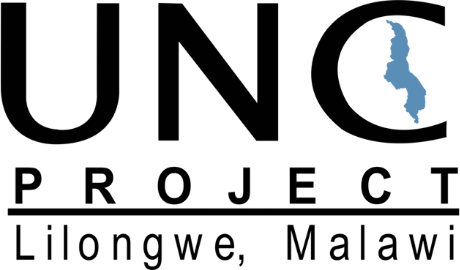Spatial Health And GIS Modelling
COURSE SUMMARY
This course emphasizes on developing core practical skills in using QGIS and R software as applied to disease mapping. We use a longitudinal approach of supporting and supervising research projects developed by course participants. Course participants will be mentored and supported for 18 months as they develop their projects up to manuscript writing. High performing participants will be selected for further mentorship to become potential local mentors for junior researchers interested in Geographical Information Systems (GIS) applications in disease epidemiology.

INTENDED LEARNING OUTCOMES
By the end of this one-week course, participants will be able to;
-
Have a thorough knowledge of the QGIS interface and its functionality. -
Explain fundamental characteristics of geographical data. -
Competently use QGIS and R for visualizing and mapping spatial data. -
Identify research questions that can be answered using GIS tools.
